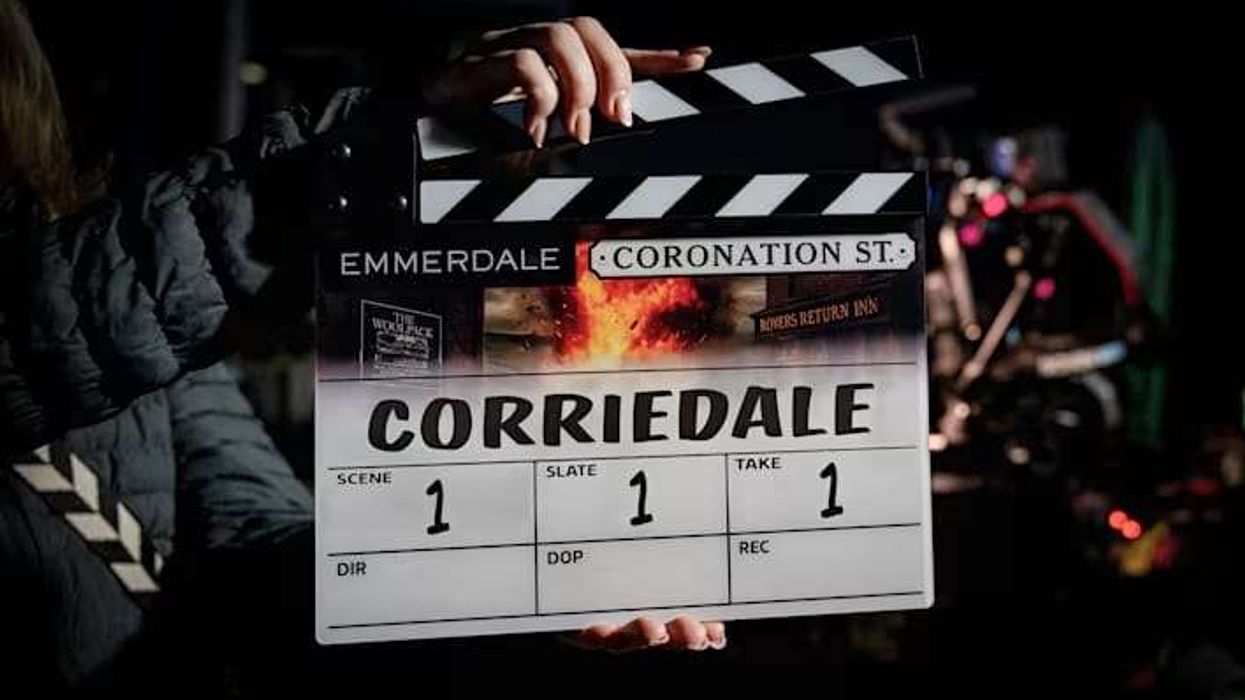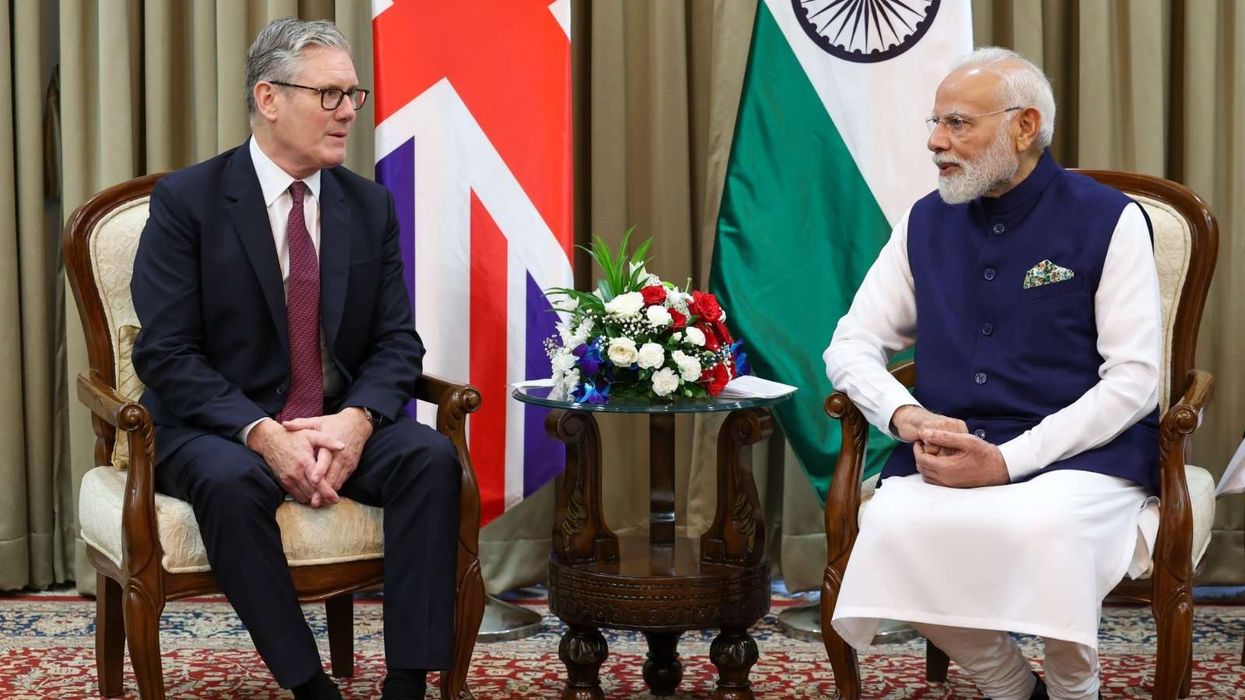THE rise in popularity of self-help books has been illustrated by bestsellers such as New York to NEW YOU. Author Manoj Gupta has followed up that popular debut book for corporate leaders and entrepreneurs with The Consciouspreneur.
His latest book is a more universal self-actualisation manual to help readers live a high-value life according to their own definitions. Inspired by a near-death experience, he wrote the book with the aim of providing clarity to life and is confident it will enable people to reach their full potential.
Eastern Eye caught up with the writer to discuss his book, its core message, the definition of meaningful success and top tips for those who are feeling stuck in life.
What first made you want to write selfhelp books?
As a seasoned corporate professional, I’ve read numerous management books focusing predominantly on the ‘what to do’ aspect. I found a gap in addressing the ‘why’ behind the problems. This gap inspired me to write my first book, New York To NEW YOU, as well as The Consciouspreneur, aiming to clarify the ‘why’ to simplify the ‘how’.
What was the inspiration behind your latest book, in particular?
A near-death experience post my first Covid vaccine jab led to profound realisations, which form the crux of The Consciouspreneur. This book underscores the essence of conscious leadership, highlighting individuals who are affluent – not just in wealth but also in wisdom.
How much did that near-death experience change you?
I’m changed forever because of it. I remember experiencing intense clarity, knowing that the next few breaths I took would either give me life or end it. It catalysed a paradigm shift in my outlook on life.
I realised that wealth without mental stability is an incomplete victory and it pushed me to search for a higher purpose, to add more value and encapsulate my thinking around the push and pull between human and cosmic energy and the convergence of religion and science.
Tell us more about your latest book.
The Consciouspreneur is more than a book. It’s a journey through seven countries, each chapter unfolding a new part of the trip. It’s designed not just for non-fiction readers seeking insight, but also for fiction enthusiasts who crave a narrative adventure. As you traverse from the historical richness of Egypt to the modern vibrancy of Japan, you don’t just read; you experience. You’ll meet characters that resonate with real-world leaders, thinkers and dreamers, each weaving their own tapestry of wisdom.
This book intertwines the threads of technology, science, spirituality, religion, and leadership into a compelling narrative, inviting you on a quest to awaken the ‘consciouspreneur’ within.
What inspired the interesting title?
Recognising the interconnectedness of technology, science, spirituality, religion, and leadership through the unifying thread of consciousness inspired the title. As we navigate the fourth industrial revolution, understanding our external and internal universes becomes crucial.
Hence, I termed the practitioners of this ideology as ‘consciouspreneurs’.
Who are you hoping this book connects with?
I aim to reach corporate professionals, business leaders, young entrepreneurs, travel enthusiasts, non-fiction readers as well as aspiring university students, encouraging them to embark on a transformative journey.
However, I hold a special aspiration for it to connect with the Asian community. Having grown up in India and moved to London in 1997 for my first job, I have lived the journey of cultural adaptation and professional evolution.
Tell us more about that.
My experiences as part of the Asian diaspora, navigating and merging eastern wisdom with western efficiency, have deeply influenced my perspective. I want this book to be a beacon for them, illuminating the path to not just economic success, but also personal fulfilment and community contribution.
How does this compare to your previous book?
While New York to NEW YOU was about self-help, The Consciouspreneur delves into self-realisation. It takes readers on an enlightening journey across seven global destinations, presenting the beautiful confluence of the cosmos with human ingenuity.
Why do you think a book like this is much-needed now?
The fast-evolving world, especially during the fourth industrial revolution, necessitates a deeper understanding of our inner and outer worlds. This book addresses the urgent need for this in today’s rapidly changing society.
Is there a key message you want to convey with this book?
The book’s core message is about harnessing the power of consciousness in both our internal and external realms. In an era where digital encroachment is inevitable, being aware and conscious is vital for adapting to any uncertainty.
What key advice would you give to those who feel stuck in life?
Focus on the present and maintain momentum. Life unfolds in the now; by moving forward, you maintain balance and progress.
You say this book can set you up for real and meaningful success. What does that actually mean?
Meaningful success is the harmonious balance of productivity and peace. The Consciouspreneur is designed to expand your perspective, ensuring you are not just materially wealthy, but also rich in mind and spirit.
How do you feel the mindsets of people have changed since the pandemic?
Post-pandemic, there’s a noticeable shift towards greater appreciation of nature and our surroundings. It reflects an awakening of collective consciousness all around.
What kind of books do you enjoy?
My preference leans towards non-fiction and creative non-fiction, with favourites including the Vedas, Noise by Daniel Kahneman and The World is Flat by Thomas L Friedman.
Why should we all pick up your book?
The Consciouspreneur is more than a book; it’s a decade of research and personal experiences translated into a narrative spanning seven countries.
My vision for The Consciouspreneur extends beyond the pages to a burgeoning online platform.
I visualise a thriving community of like-minded individuals who are part of a movement geared towards living a life that is not just successful in the traditional sense, but also deeply fulfilling and impactful. These individuals will not only be productive and dynamic in their outer world, but also peaceful and joyful in their inner world.
The Consciouspreneur is available now. Also visit www.consciouspreneur.net
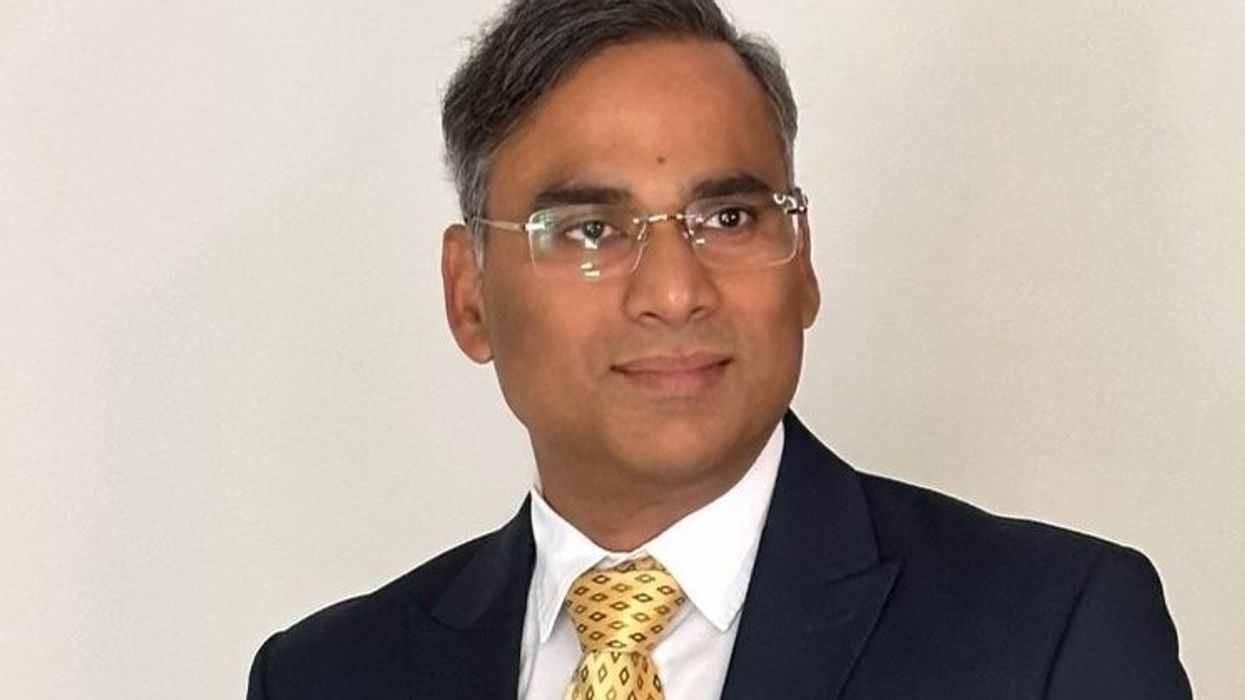
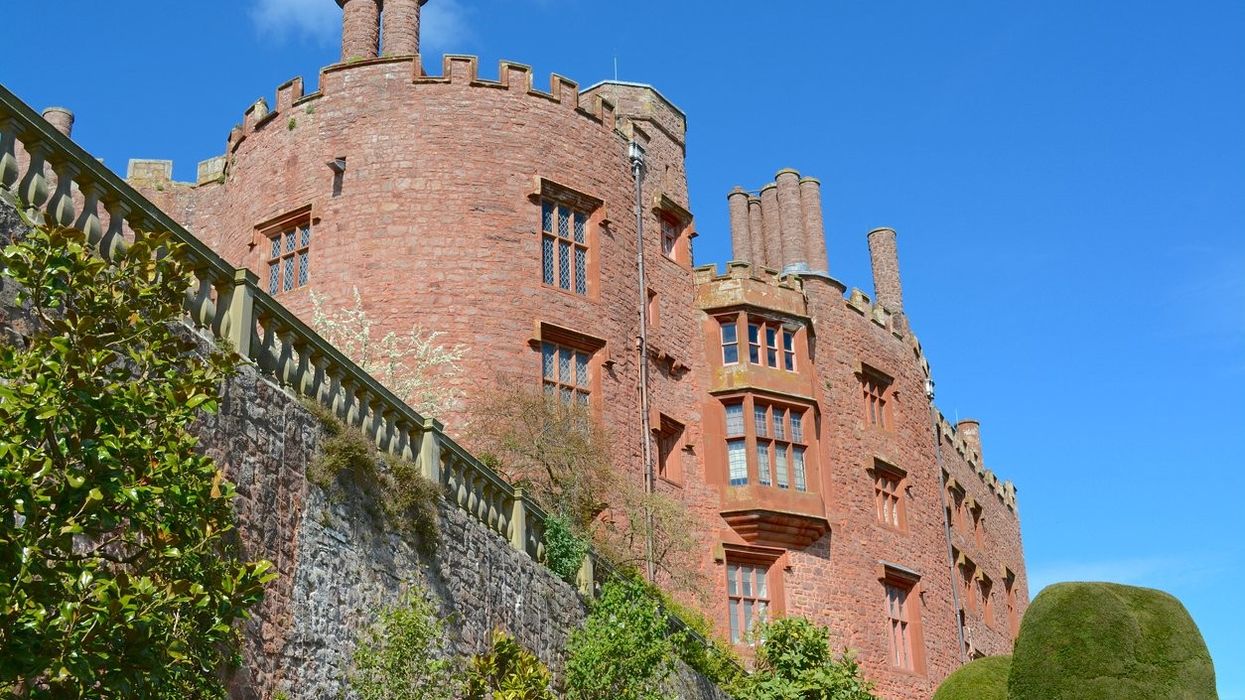
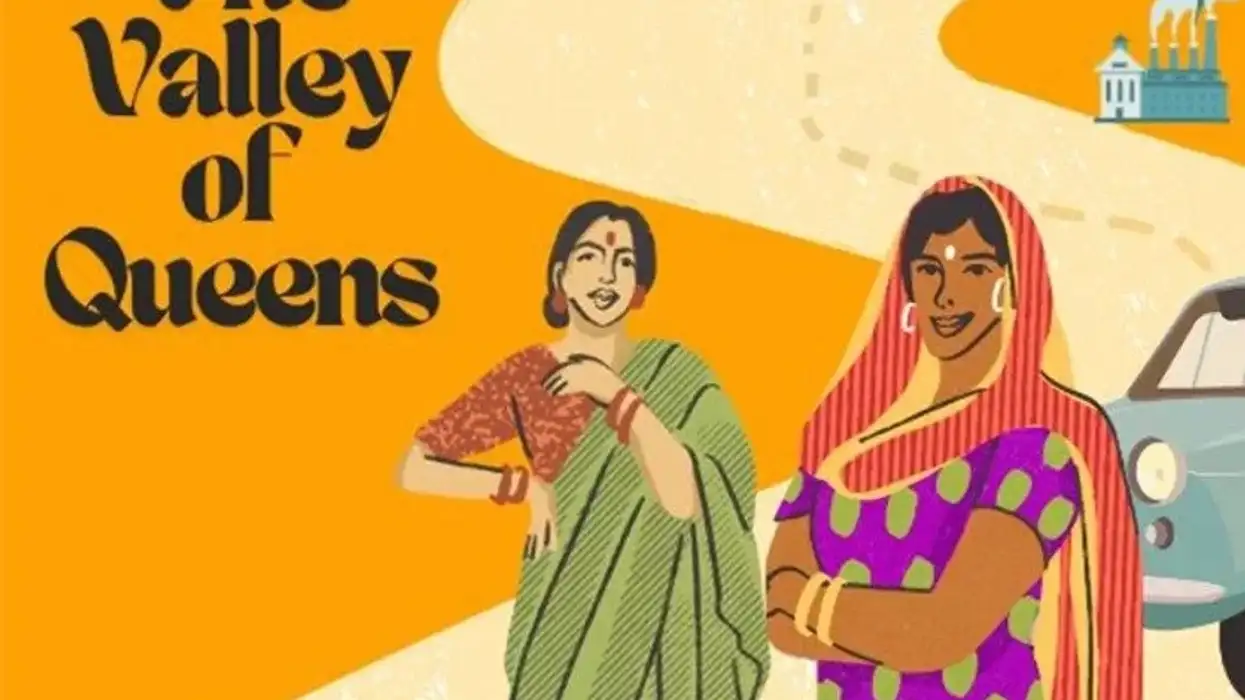
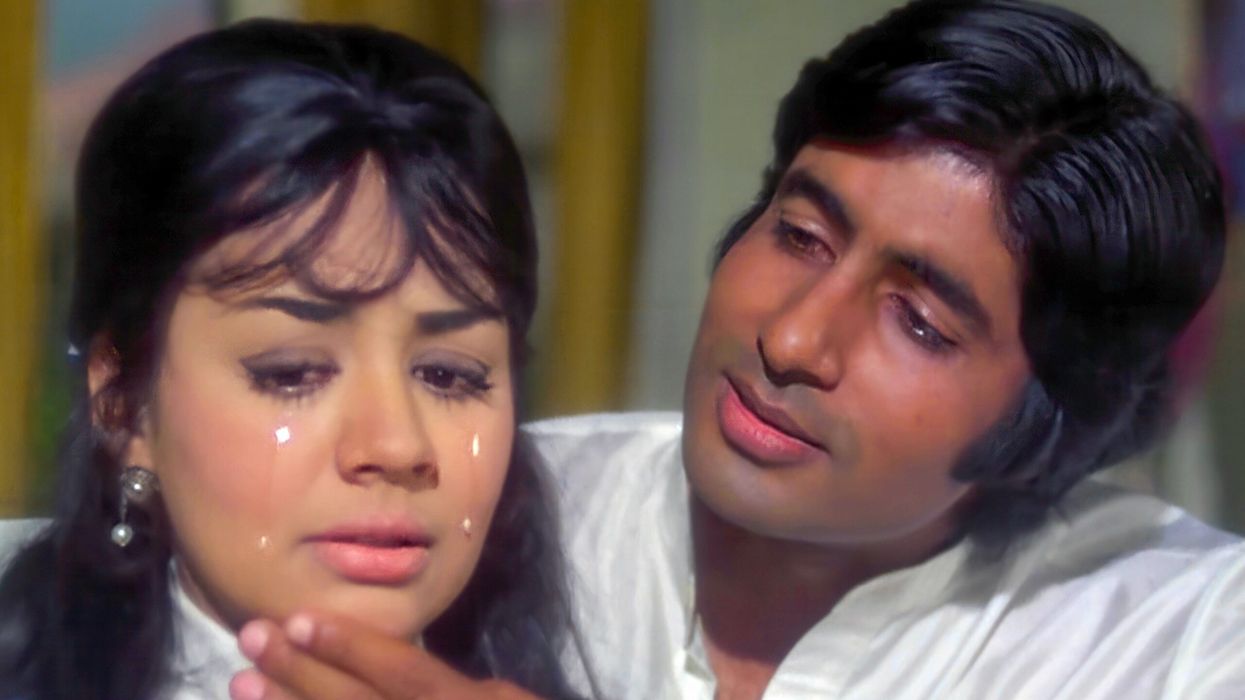
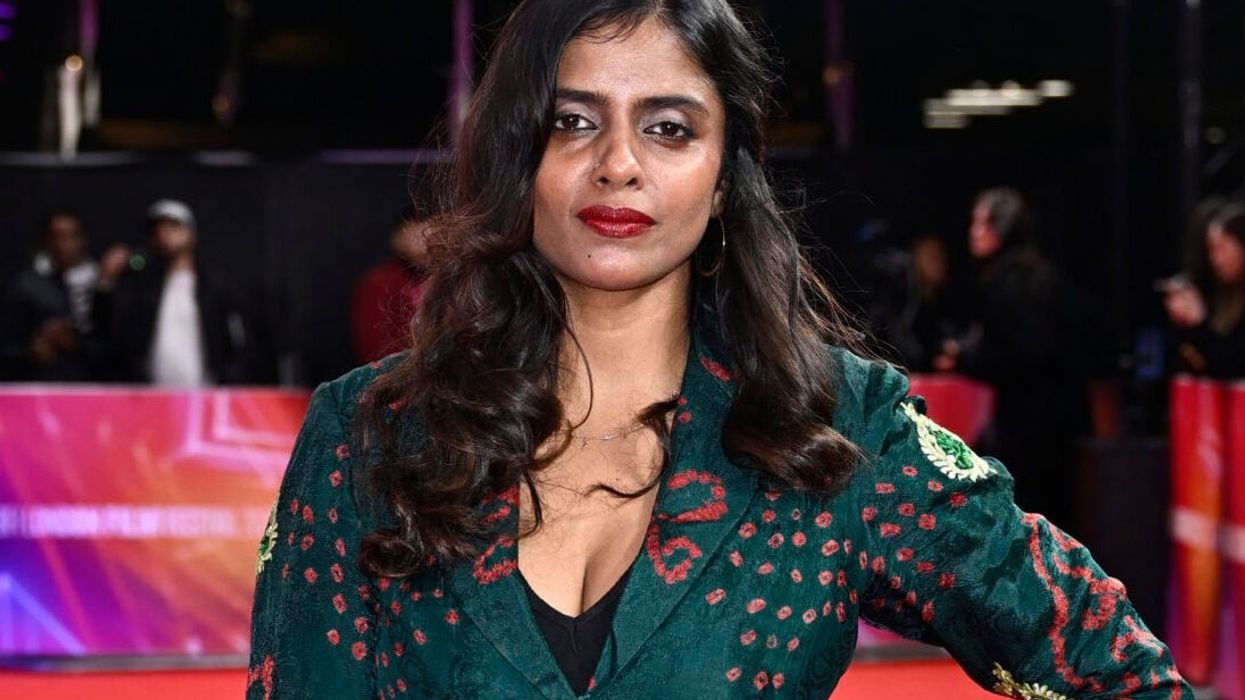
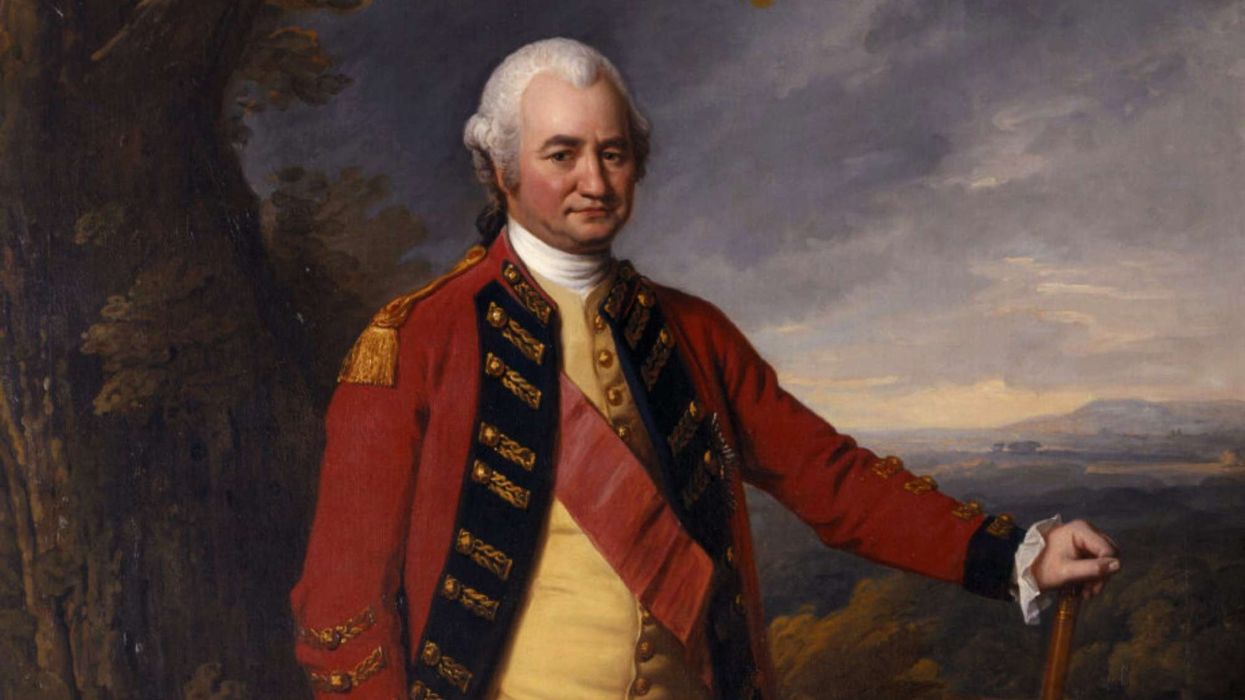
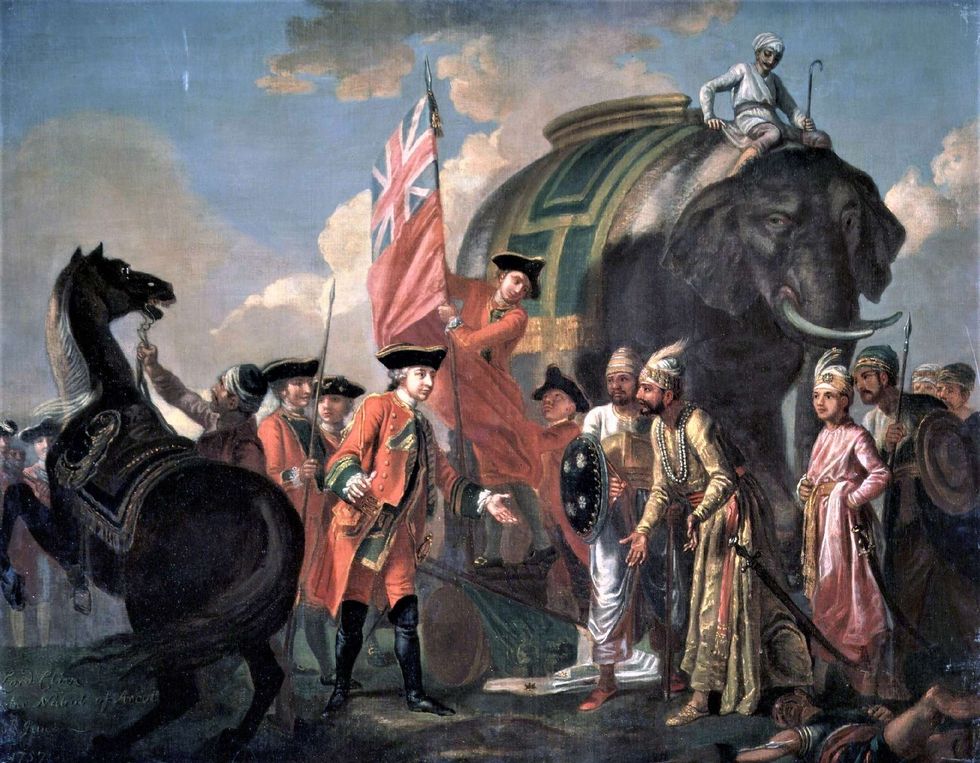 Clive meeting Mir Jafar after the Battle of Plassey 1757
Clive meeting Mir Jafar after the Battle of Plassey 1757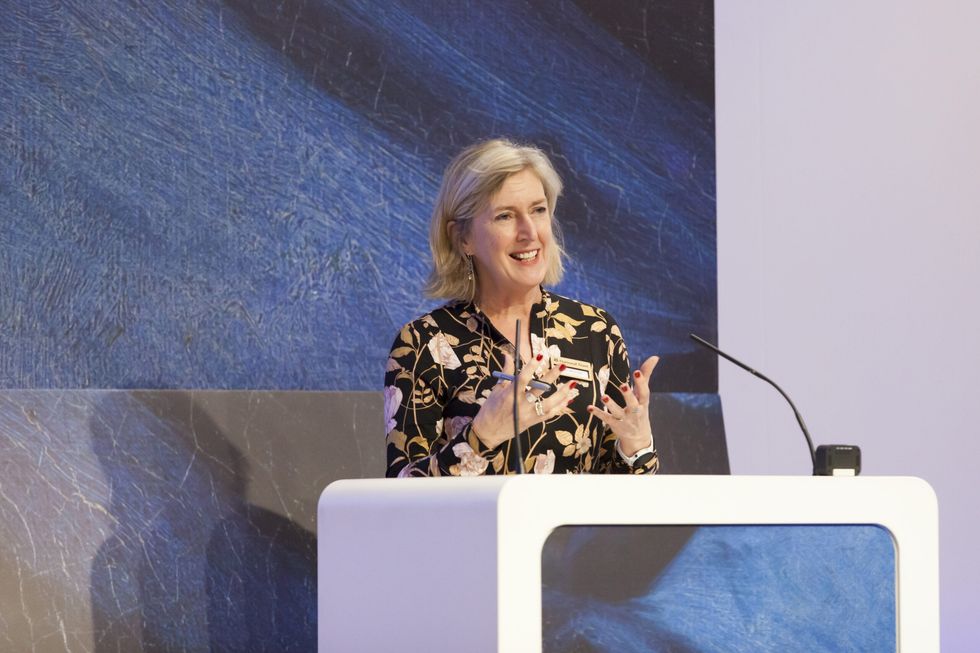 National Trust director general Hilary McGrady
National Trust director general Hilary McGrady  Powis Castle photo of four Clive dominates Hindu Gods
Powis Castle photo of four Clive dominates Hindu Gods 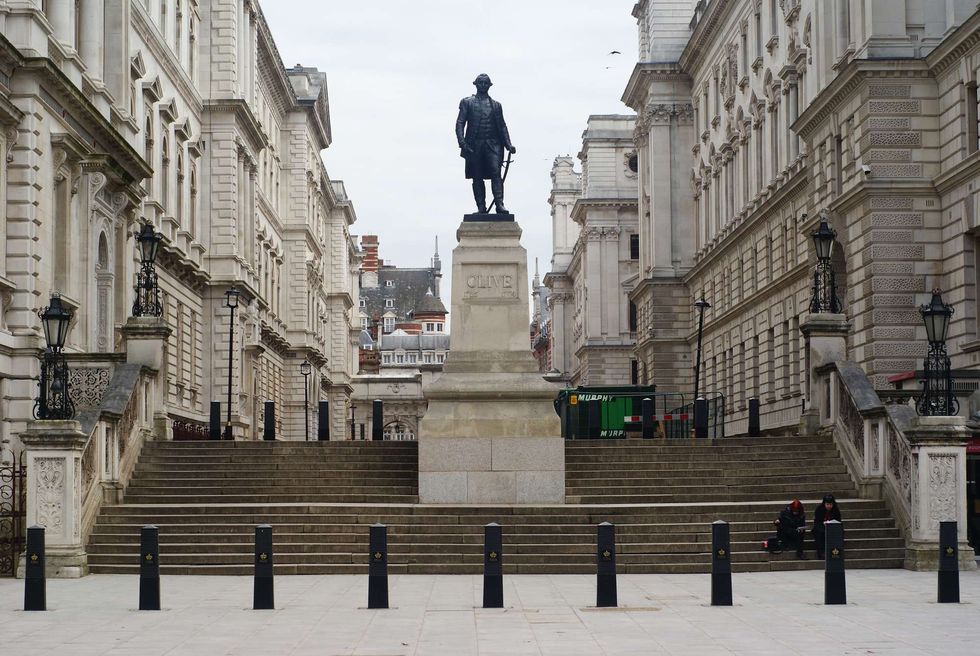 Clive of India at Foreign Office entrance
Clive of India at Foreign Office entrance 




